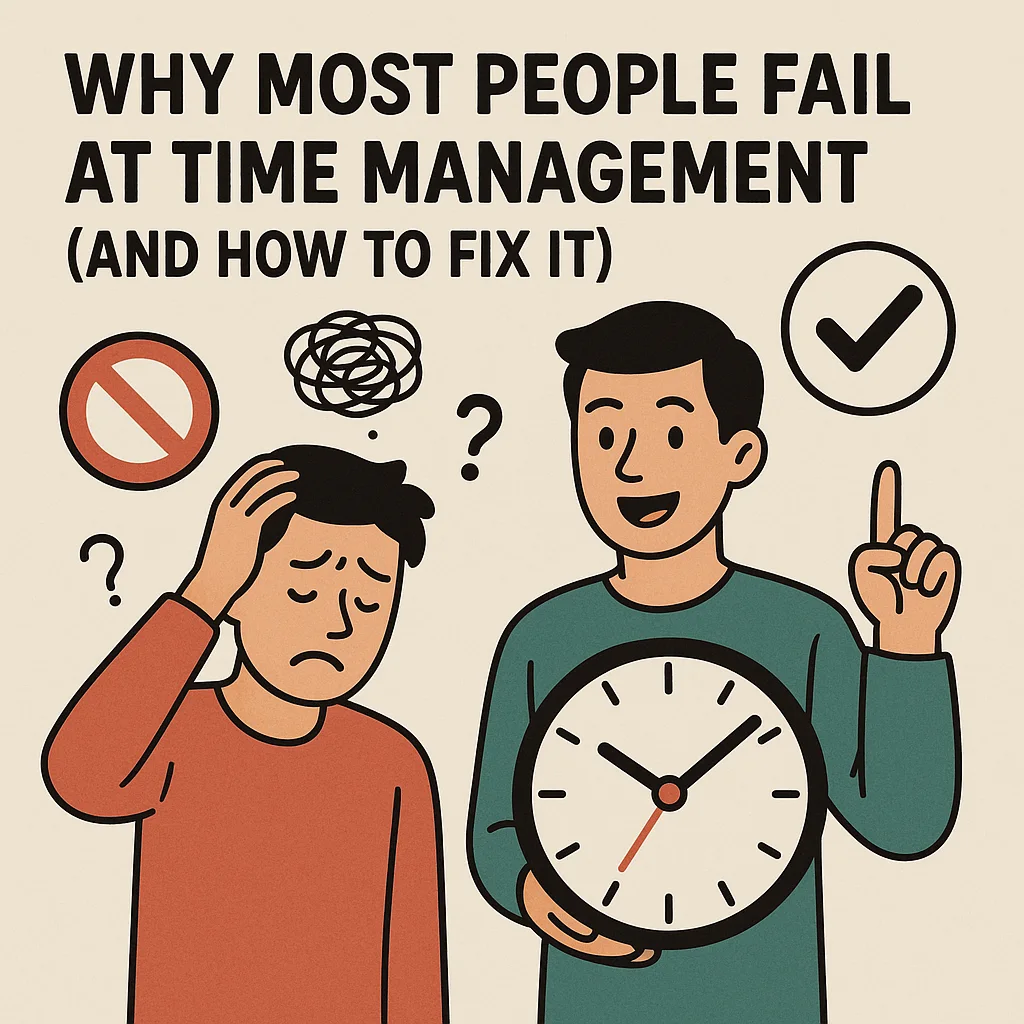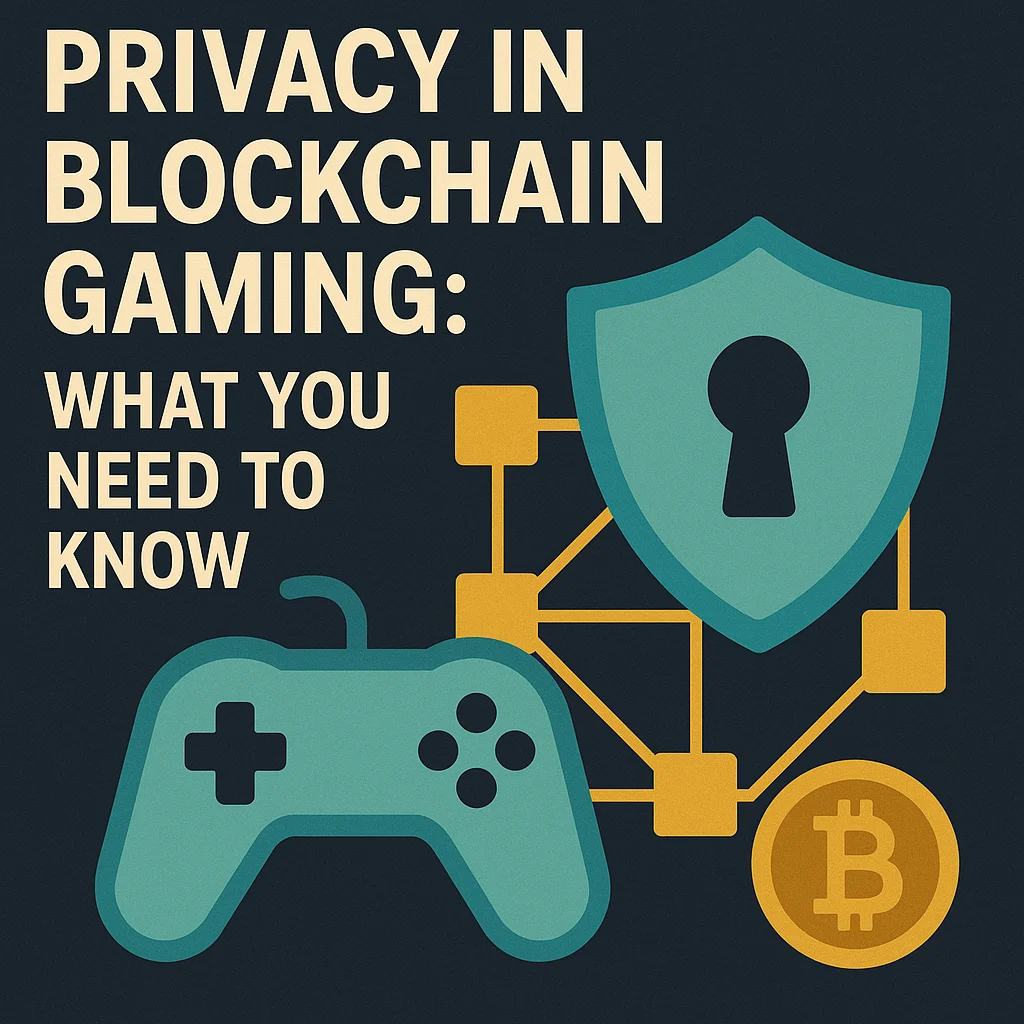Successful digital strategies still rely heavily on email marketing, which helps companies engage with their audience and increase sales. However, generic email marketing are no longer effective in a world where consumers are constantly bombarded with emails. Marketers need to embrace personalization if they want to stand out, and using purchase history is one of the greatest methods to do this. Businesses may send relevant information that resonates, fosters loyalty, and increases conversions by customizing email messages based on a customer's previous purchasing behavior.
We'll go into great detail in this article on how to use purchase history to craft powerful email campaigns. We'll look at practical advice and insights to help companies get the most out of their email marketing campaigns, from gathering and organizing data to developing customized tactics.
Why Leverage Purchase History in Email Marketing?
Using past purchases to inform email advertisements is a tried-and-true method of improving the customer experience, not just a new marketing fad. This is why it's important:
First, engagement is fueled by personalization. Emails that are specifically related to their interests have a higher chance of being opened and acted upon by customers. For instance, an email advertising compatible accessories is much more likely to be seen by someone who recently purchased a fitness tracker than a generic newsletter.
Secondly, it increases the retention of customers. Businesses can cultivate a sense of loyalty by sending tailored communications that correspond with a customer's requirements and preferences. Customers are more likely to remain loyal to your brand when they feel heard.
Third, customized emails are a great way to increase conversions. Marketers can develop campaigns that target certain client demands and increase the possibility of a purchase by making product recommendations based on previous purchases.
Lastly, using past purchases improves the client experience in general. Customers view a brand as attentive and customer-focused when they receive emails that feel timely and relevant. Higher levels of advocacy and brand loyalty result from this satisfying experience.
Step 1: Collect and Organize Purchase Data
Prior to developing customized email advertisements, you must have a strong system in place for gathering and classifying purchase data. Personalized marketing is built on top of high-quality data. To begin, follow these steps:
Leverage CRM SystemsTo keep track of past purchases, a customer relationship management (CRM) system is necessary. Purchase dates, product specifications, and client preferences can all be kept in one place using these systems.
Integrate E-commerce PlatformsMake sure your e-commerce platform and email marketing platform are connected. For more accurate targeting, this integration enables you to automatically gather purchase data, including product categories, average order value, and frequency of purchases.
Segment Your AudienceSegment your audience according to their past purchases. For instance, you can make categories like first-time purchasers, regular buyers, and people who haven't made a purchase in a long time.
Identify Trends and PatternsExamine your purchase history to find trends. You might observe, for example, that consumers who purchase particular products are more likely to buy comparable items within a given time period. By recognizing these patterns, you can foresee client demands and create campaigns at the right time.
Step 2: Segment Your Customers
In order to provide individualized experiences, customer segmentation is essential. You can make email campaigns that are specifically tailored to the demands of your clients by classifying them according to their past purchases. The following are some successful segmentation techniques:
Segment by Product Categories: Sort clients according to the kinds of goods they have bought. A beauty business might, for example, designate specific markets for customers who purchase skincare, cosmetics, and haircare products. This enables you to advertise pertinent goods in every category.
Segment by Purchase Frequency: Determine which customers are one-time, sporadic, and frequent buys. Loyalty programs can be used to thank regular customers, and reminders or incentives may encourage infrequent purchases to come back.
Segment by Spending ;Sort clients based on their spending patterns. While consumers on a tight budget might favor discounts or package offerings, high-value clients might be targeted with special offers.
Segment by Timing: Examine the regular times that clients make purchases. While some people could react to weekend bargains, others might shop over the holidays. Campaigns are more effective when they are tailored to these trends.
Step 3: Craft Tailored Email Campaigns
You are prepared to create customized email messages now that your purchase data has been gathered and your clients have been divided up. Here are a few instances of how to personalize emails using purchase history:
Personalized Product Recommendations: Product recommendations are among the simplest and most efficient uses of purchase history. You can recommend peripherals like an external hard drive, mouse, or laptop case to a consumer who recently purchased a laptop. These suggestions seem pertinent and assist clients in finding goods they may not have otherwise thought of.
Upselling and Cross-Selling: Promoting a higher-end version of a product that a consumer has already bought is known as upselling. Conversely, cross-selling makes recommendations for related goods. For instance, a consumer who purchased running shoes might also be considering a fitness tracker or high-performance socks. These tactics improve client satisfaction while simultaneously boosting revenue.
Replenishment Reminders: Resupply reminders can work wonders for consumable goods like vitamins, pet food, or printer ink. Emailing a customer just before they are about to run out demonstrates consideration and promotes repeat business.
Seasonal and Holiday Campaigns: Seasonal advertisements might be informed by past purchases. For instance, a customer who purchased winter apparel the previous year would find value in receiving an email showcasing the newest line for this season. Because consumers are more likely to spend over the holidays, these advertising work particularly well at that period.
Exclusive Loyalty Offers: Give devoted clients VIP benefits, early access to sales, or exclusive discounts. You can further personalize the rewards by basing these offers on their past purchases.
Win-Back Campaigns: A customized win-back email might pique the curiosity of clients who haven't made a purchase in a long time. Offer incentives, like a discount on a product they've expressed interest in, and make reference to their prior purchases.
Conclusion
One of the best strategies to engage customers and increase sales is to use purchase history to create customized email marketing. You may produce content that appeals to your customers by gathering and organizing data, segmenting your audience, and developing tailored campaigns. While careful tactics like product recommendations and refill reminders improve the customer experience, automation guarantees scalability.
Using purchase history in email marketing is no longer optional in a world where personalization is crucial; it is now necessary to foster customer loyalty, boost conversions, and maintain an advantage over rivals.




